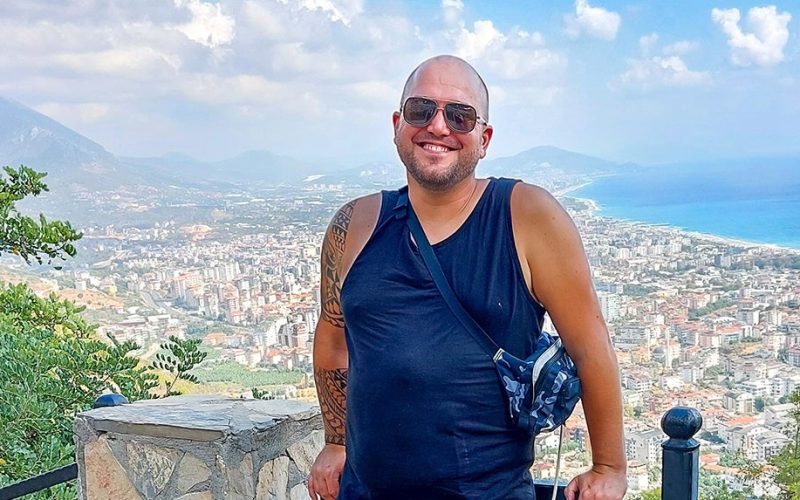“Heart failure is a silent assassin,” says Melvin, who suffered an unexpected heart attack at age 27 in the middle of an active life as a professional soldier. More and more people are experiencing heart failure, and it affects all ages. The heart failure caused Melvin to become dependent on a supportive heart device (LVAD), a device that changed his life tremendously.
“I walked around with the heart attack for over 16 hours before I ended up in the emergency room. After all, I was young and didn’t think it could be a heart attack,” Melvin says. His situation was already too serious for medical intervention and he simply had to hope he would survive.
Two weeks later, the symptoms of heart failure began; shortness of breath, dizziness and multiple fainting spells. “I suddenly woke up on the floor with scrapes and a big bump on my head. Later, I couldn’t even function independently.” Within six weeks of the heart attack, Melvin was diagnosed with heart failure, his heart only functioning at 25 percent. When this heart function had dropped to 5 percent, he was forced to have a support heart implanted. A support heart is a mechanical pump that supports and partially takes over the function of the ventricle of the heart.
“I have now had a supporting heart for nine years. The first three years after implantation were intense, with five open-heart surgeries, including three to change the support heart. Fortunately, I have had the HeartMate 3 since 2018, and there have been no complications since then,” he says. “By now I can do almost everything again that I did before, although with adjustments. I therefore try to focus on what I can still do, not on what is no longer possible.”
Only one in five people is known to have heart failure. “Most people know about a heart attack or infarction, but never think about what can happen after that and what it means to someone,” Melvin says. Life with a supporting heart is drastic; you always carry it visibly with you. “I have to be constantly alert to everything. I have to make sure I always have enough power in my bateries. I have to make sure I don’t get infections from the line coming out of my abdomen. And perhaps most importantly, I must not get wet so I have to be careful what I do. I always drag a backpack with me that holds all my gear. This means that I can never do anything spontaneously, everything has to be planned and arranged. By now I have found a good way to deal with that but I do find it annoying.”
A supporting heart is a good but often temporary solution for heart failure. However, Melvin has benefited from it for a very long time. “I chose to last a long time with the support heart because I was still young. I tried to stick extra life support on it because a heart transplant doesn’t offer eternal life either.” For the past month, he has been back on the waiting list for a donor heart, not knowing when he will be eligible for a heart transplant. “If I get a heart transplant, I hope to live another 30 years or so, and during that time I’m going to have a lot of fun. Enjoy all the beautiful things the world has to offer, continue in my work in Forensic Psychiatry and maybe become a father if it’s given to me.”
UMC Utrecht implanted the first support heart in 1993. Every year, about 40 patients receive a support heart. About 300 people in the Netherlands live with a supporting heart, and of these, 175 patients have been treated at the UMC Utrecht. Here, a specialized team works daily to research cardiovascular diseases and provide the best care.
